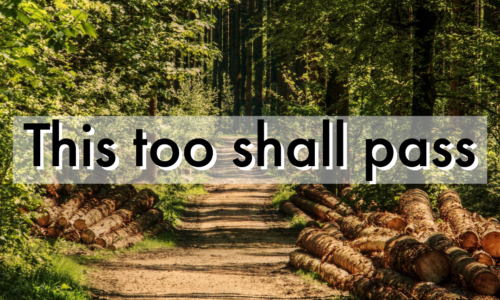How To Practice Mindfulness And Reduce Anxiety
If you struggle with your emotions you may have wondered: how to practice mindfulness and reduce anxiety? Mindfulness is a mental practice you can channel into. We live in a busy technical era, and our minds are often always preoccupied. This can lead to a lot of unwanted issues like insomnia, stress, anger, frustration, anxiety, and more. Does mindfulness help with anxiety? Mindfulness can help, let’s get into this topic.
This practice is a simple and upfront idea. It’s about fully attending to what is going on at any given time. The objective is to focus on what is happening, the space you’re in, the smells around you, and what you are doing. Without realizing it we often are always thinking about other things, what to make for dinner, something that’s due at work, if our kids have finished their homework for the day, etc.
Worrying doesn’t benefit the body or mind

Once the mind starts fretting about other things we lose touch with our body. It doesn’t take long before we’re entangled with obsessive thoughts about the past or future. This makes us anxious because there’s simply nothing we can control about things that haven’t happened yet or have already finished. The great thing about mindfulness is that no matter how far the mind wanders, it will snap you back to reality.
What is the definition of mindfulness? It’s a simple human skill that allows you to be fully aware of the present. To totally engage with what you are doing in the here and now. For example: what you’re currently doing at this very moment, how are you breathing, what are the noises you hear. Additionally, mindfulness is being fully aware and not overly reactive or emotional about our surroundings.
How to be mindful and reduce anxiety?

Mindfulness is instinctive but it can also be refined through proven techniques such as sitting, walking, standing, moving, laying down, and meditation. Other examples include: short breaks purposely inserted into your daily schedule. Also combining meditation with physical activity such as sports and yoga.
During meditation or yoga you don’t obsess about the end results you simply experience it. And you know there are benefits otherwise people wouldn’t continue to do it. This period of time allows us to reduce stress, increase performance, awareness, and insight. It helps to separate yourself from judgment and worries. This pushes you to use your mind to increase awareness of the body and real time experiences.
Mindfulness is already inside you and can be easily tapped into. Everyone already has the capacity to practice it by being present in each moment. No skill is required to practice mindfulness. Anyone can enhance their inherent ability to be mindful. Additionally it has been proven to benefit not only ourselves but our friends, family, co-workers, and more. This way of living will enhance caring, positivity, and awareness in everything you do.
Mindfulness is proven to reduce stress and increase well being.

That’s because it’s not just “all in your head” – it’s evidence based. As humans that live in a fast-paced busy technological society we have grown a habit of obsessing about the past and future. For example we often worry about things that already happened despite the fact that there’s nothing we can do to change them. Furthermore we fixate on things we will do or want to do in the future such as plans for work the next day or how to finish a project. Despite the fact that there’s nothing we can do to change the outcome of what will happen we often replay it over and over in our head which does nothing except exacerbate the stress surrounding that given event. Stress, guilt, and worrying does not benefit you in any way, rather it causes more harm than anything.
How to do a mindfulness exercise with meditation:
- Sit in one of your favorite positions on the floor, a chair, a park bench, etc. Make sure you are comfortable with a sturdy back.
- Start to pay attention to your arms, what are they doing?
- Take notice of your legs, if possible cross your legs, or press your feet into the ground.
- Straighten your back into a sturdy position and breathe.
- Position your forearms horizontal to your torso. Drop your hands to your knees.
- Angle your chin and let your gaze fall forward and see what’s in front of you without focusing on it.
- Take another slow deep breath and go about your day.
Sources:
- https://www.google.com/amp/s/www.psychologytoday.com/us/basics/mindfulness%3famp
- https://www.mindful.org/what-is-mindfulness/




